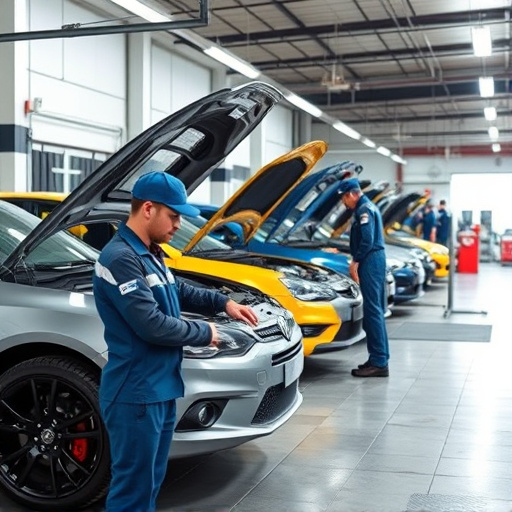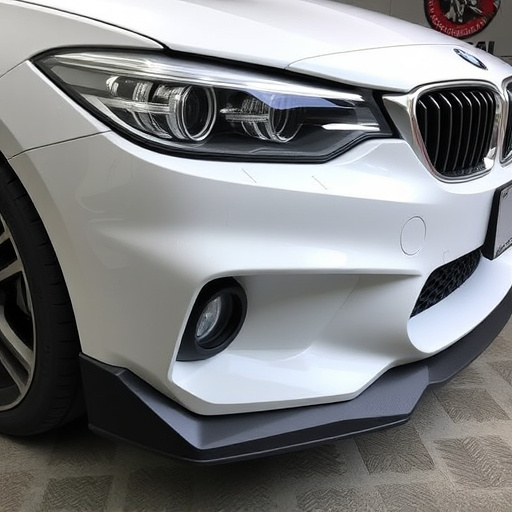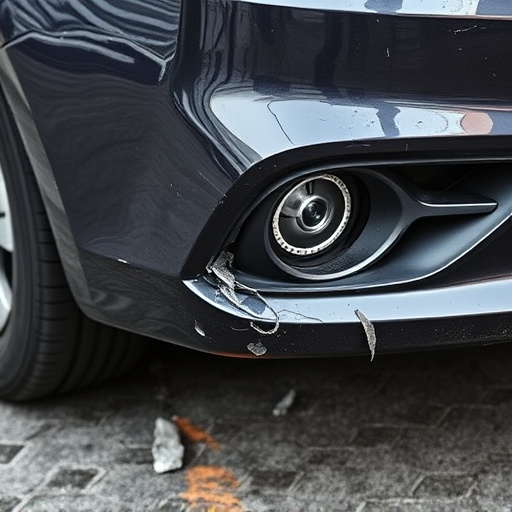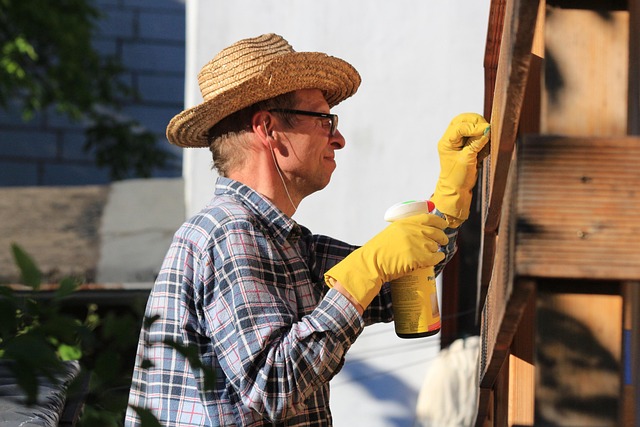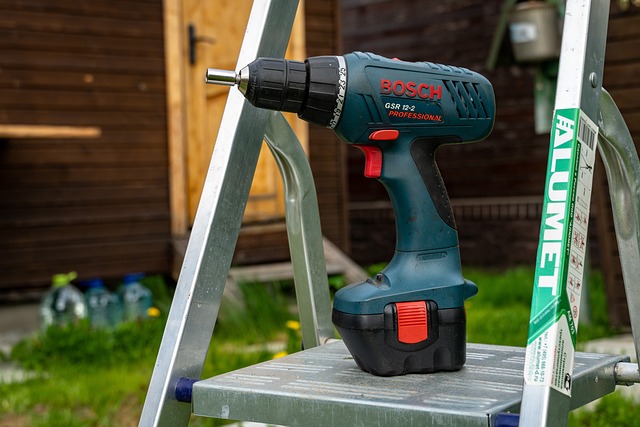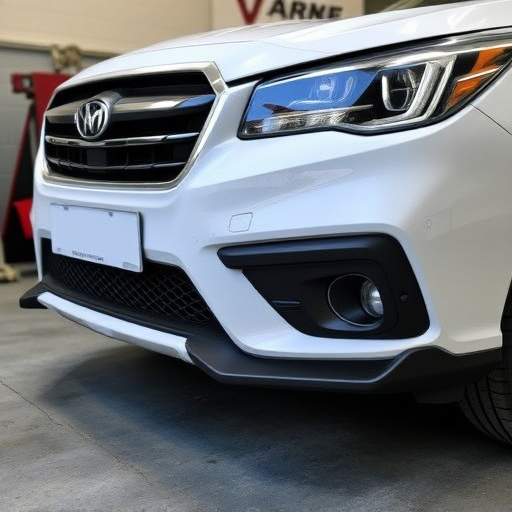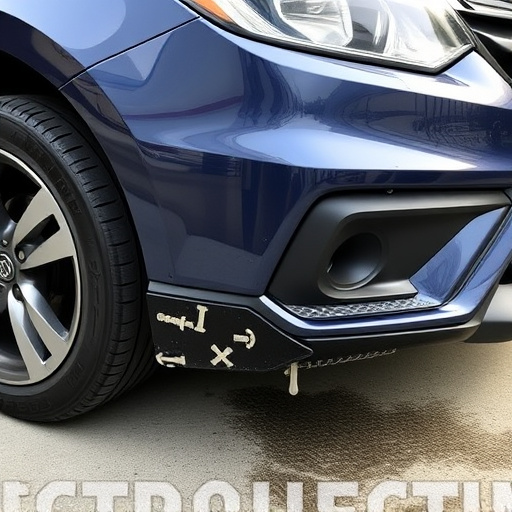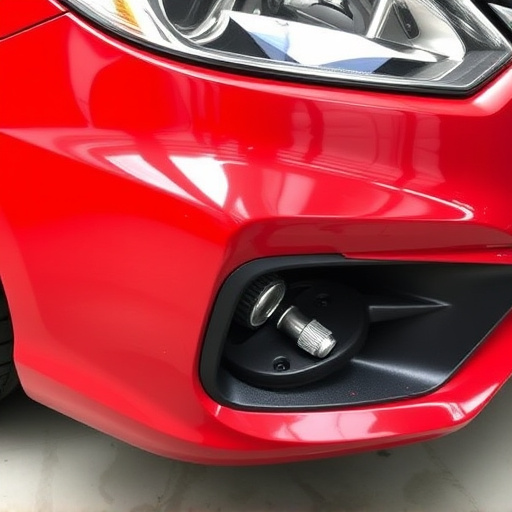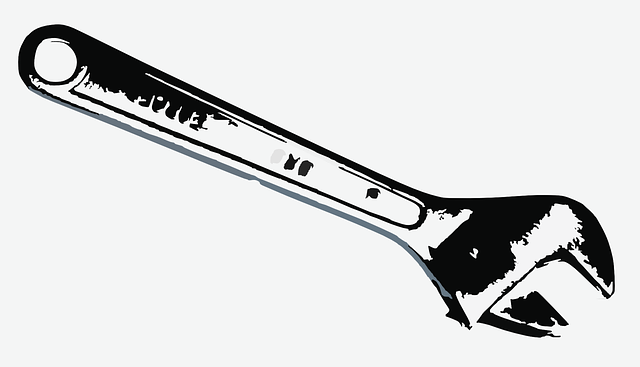To obtain OEM repair procedure access, vehicle repair shops must meet rigorous certification criteria involving facility assessment, tool updates, staff training, and comprehensive documentation to ensure safe, accurate, and environmentally responsible repairs using original equipment parts, ultimately enhancing customer satisfaction.
In today’s competitive market, understanding and adhering to Original Equipment Manufacturer (OEM) repair procedure access requirements is paramount for shops aiming to offer specialized services. This article delves into the certification criteria essential for gaining OEM privileges, ensuring your shop meets the necessary standards. We guide you through a step-by-step process to navigate compliance successfully, empowering you to deliver high-quality repairs with OEM-approved methods and parts.
- Understanding OEM Repair Procedure Access Requirements
- Certification Criteria for Shops With OEM Privileges
- Ensuring Compliance: A Step-by-Step Guide for Shops
Understanding OEM Repair Procedure Access Requirements

Understanding OEM Repair Procedure Access Requirements
OEM (Original Equipment Manufacturer) repair procedure access is a critical aspect for shops that handle vehicle repair, especially in cases like fender benders or frame straightening. It ensures that technicians have access to the most accurate and up-to-date information for repairing vehicles to their original specifications. This access allows for precise adjustments and alignments, ensuring that each component of the vehicle is returned to its optimal condition.
Shops must meet specific criteria to gain this access. They need to demonstrate a high level of expertise in vehicle repair, adhere to strict quality standards, and often undergo rigorous inspections. The ability to follow OEM guidelines accurately is paramount, as it not only guarantees customer satisfaction but also maintains the integrity of the vehicle’s design and safety features. This includes procedures for complex tasks such as frame straightening, ensuring that any repairs are done with precision and care.
Certification Criteria for Shops With OEM Privileges

Shops with OEM (Original Equipment Manufacturer) repair procedure access must meet stringent certification criteria to ensure they can handle complex vehicle repairs competently. This includes demonstrating expertise in both technical proficiency and adherence to industry standards, as well as maintaining a safe, controlled environment for precise work on original equipment parts.
Certification typically involves rigorous assessments of the auto repair shop’s facilities, tools, training programs, and personnel qualifications. These evaluations guarantee that the shop is equipped to perform OEM repairs accurately and efficiently, preserving the integrity of the vehicle while minimizing the risk of damage. The process often requires specialized knowledge in car bodywork services and vehicle body repair, underscoring the importance of only entrusting OEM procedures to qualified facilities.
Ensuring Compliance: A Step-by-Step Guide for Shops

Ensuring compliance with certification requirements for shops with OEM (Original Equipment Manufacturer) repair procedure access is a meticulous process that demands a structured approach. Here’s a step-by-step guide to navigate this crucial aspect of operating an auto repair shop:
1. Understand Relevant Standards: Begin by thoroughly reviewing the industry standards and regulations specific to your region. These guidelines outline the expectations for safety, quality, and environmental impact in auto repair shops, including those performing OEM procedures.
2. Assess Your Shop’s Capabilities: Evaluate your shop’s current practices and resources against the identified standards. Determine if your staff has the necessary training in OEM repair procedures, and ensure that your facilities meet the required safety and equipment standards for automotive restoration and auto painting services.
3. Develop a Compliance Plan: Create a detailed plan outlining the actions needed to address any gaps between your current practices and the industry standards. This plan should include timelines, responsible personnel, and resources required for each step of the process.
4. Implement Training Programs: Offer comprehensive training sessions for your staff, focusing on OEM repair procedures, environmental best practices, and safety protocols specific to auto painting and automotive restoration work.
5. Update Equipment and Facilities: Procure any missing or outdated equipment necessary for performing OEM repairs and adhering to modern environmental standards. Ensure that your shop’s facilities are configured to accommodate these processes efficiently.
6. Documentation and Record Keeping: Establish a robust system for documenting compliance efforts, including training records, equipment specifications, and adherence to safety protocols. Accurate record keeping is vital for demonstrating compliance during audits or inspections.
Shops looking to offer OEM repair procedure access must navigate a set of strict certification requirements. By understanding these criteria, adhering to the step-by-step compliance guide, and staying informed about ongoing industry developments, businesses can ensure they meet the necessary standards for providing specialized repairs while maintaining customer trust and satisfaction. This approach ultimately contributes to a robust and reliable aftermarket repair ecosystem centered around OEM procedures.
